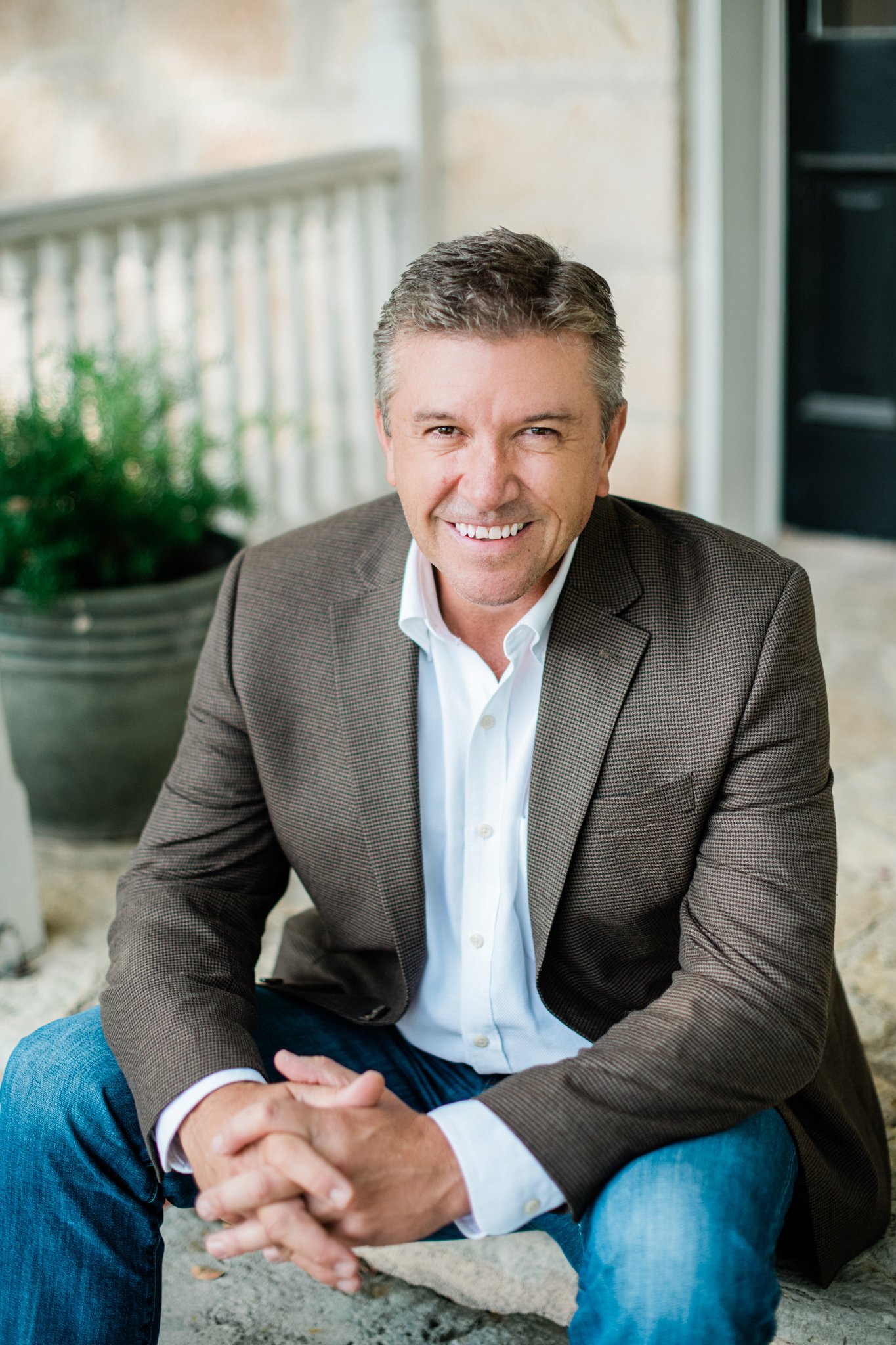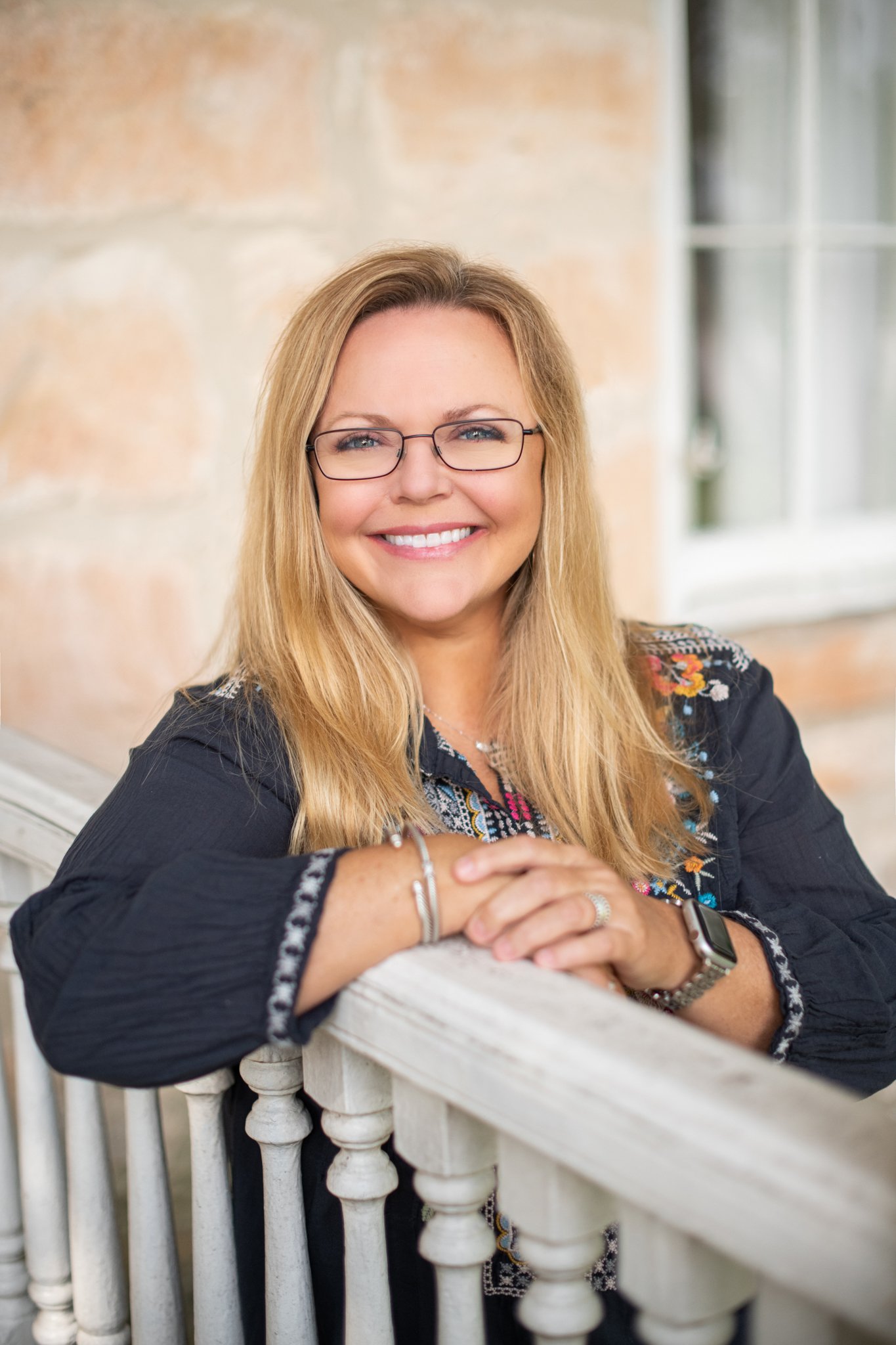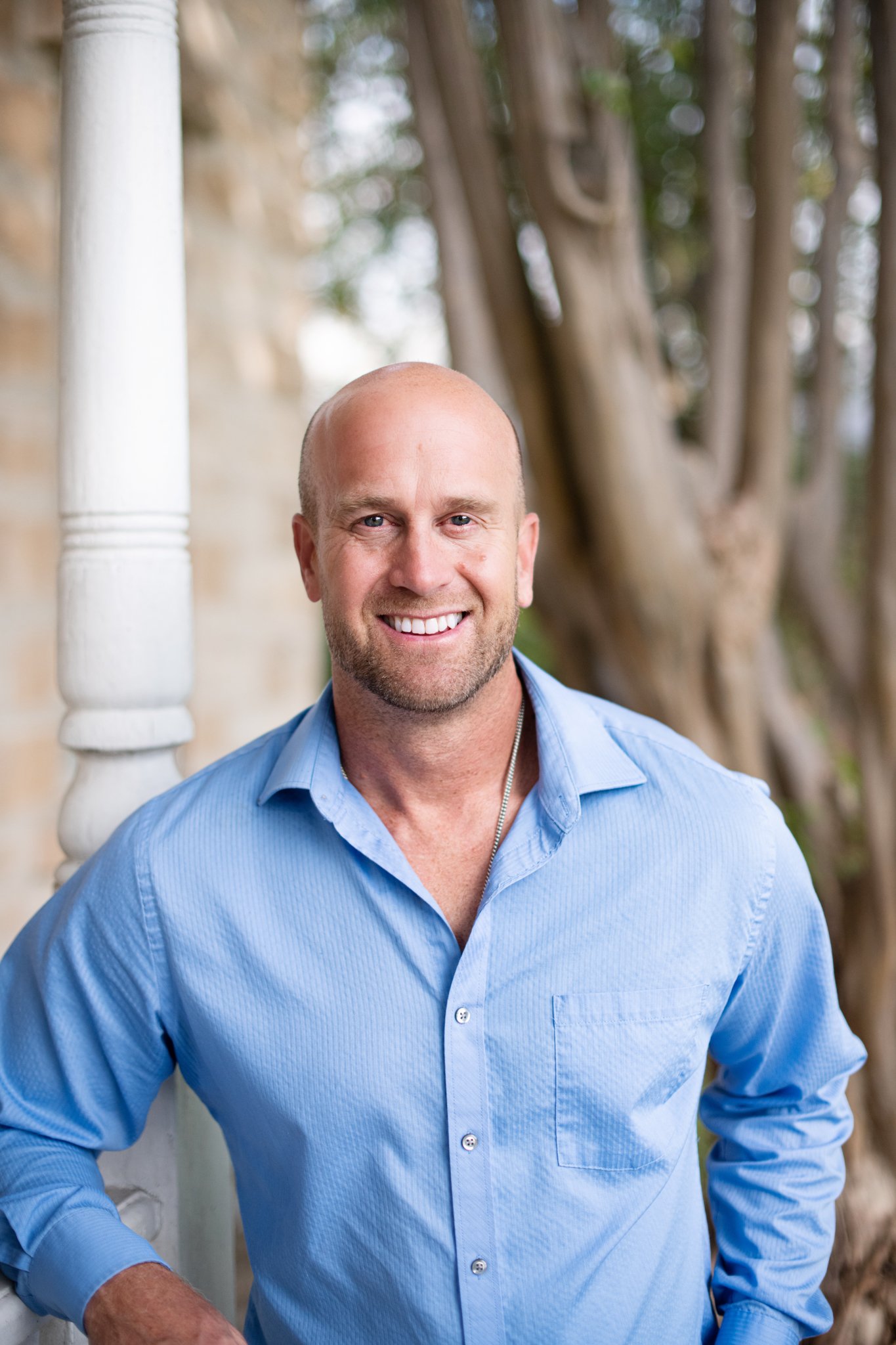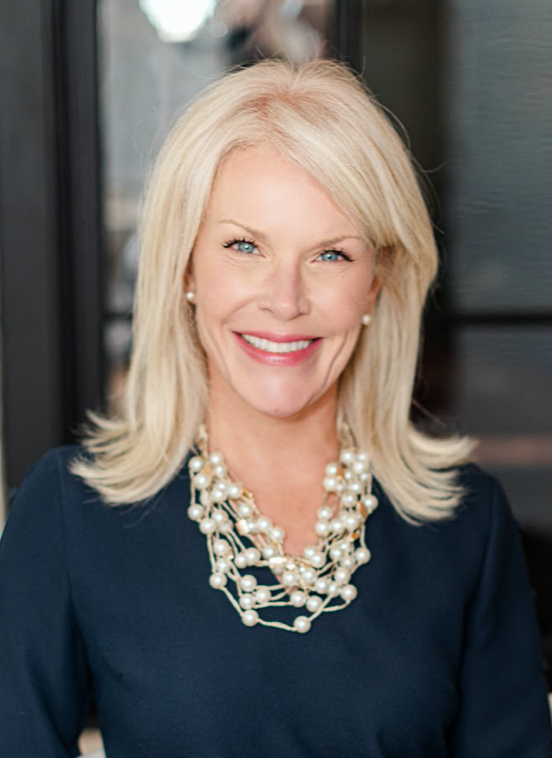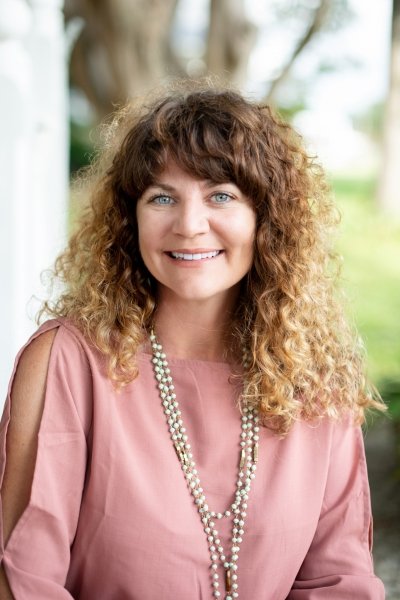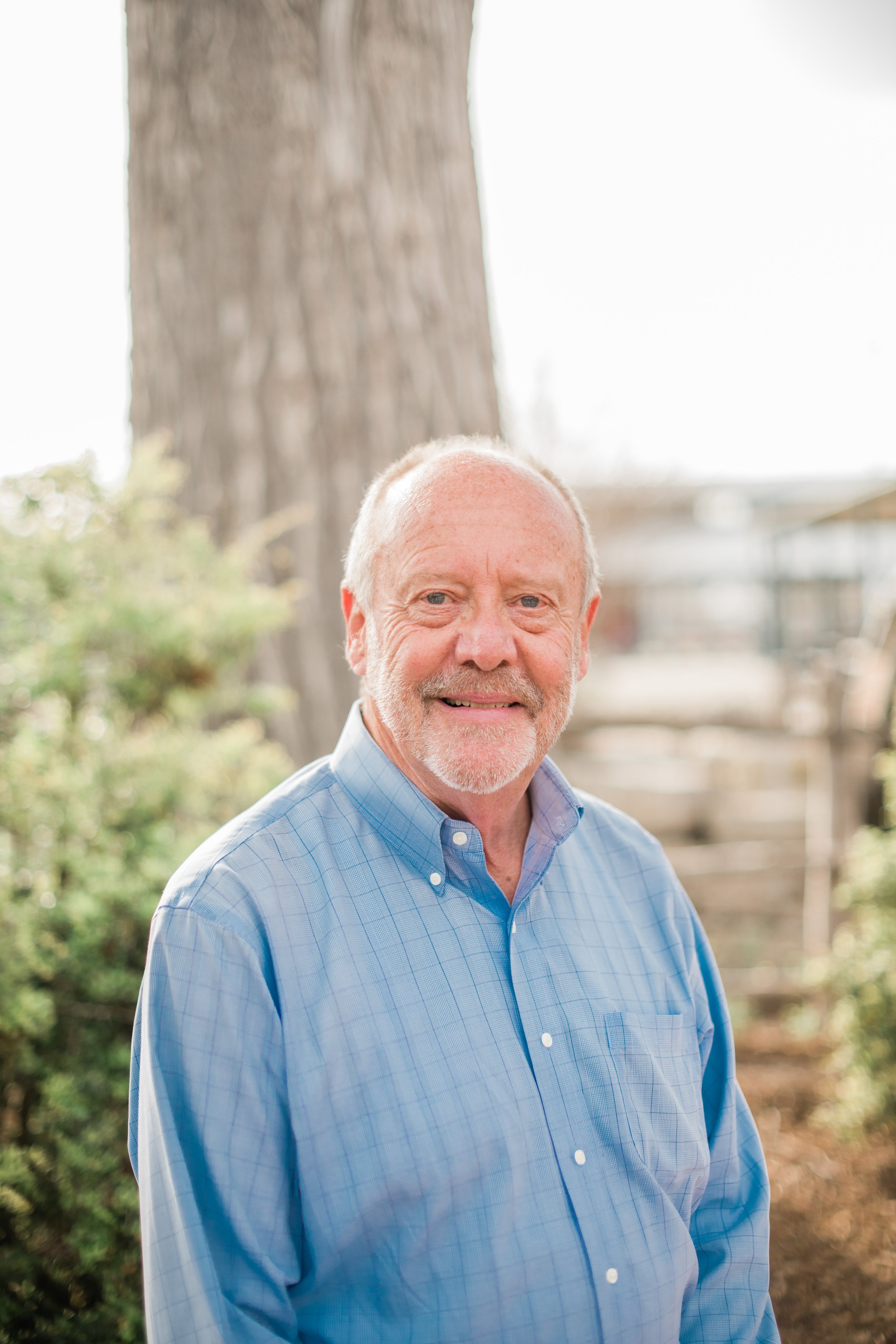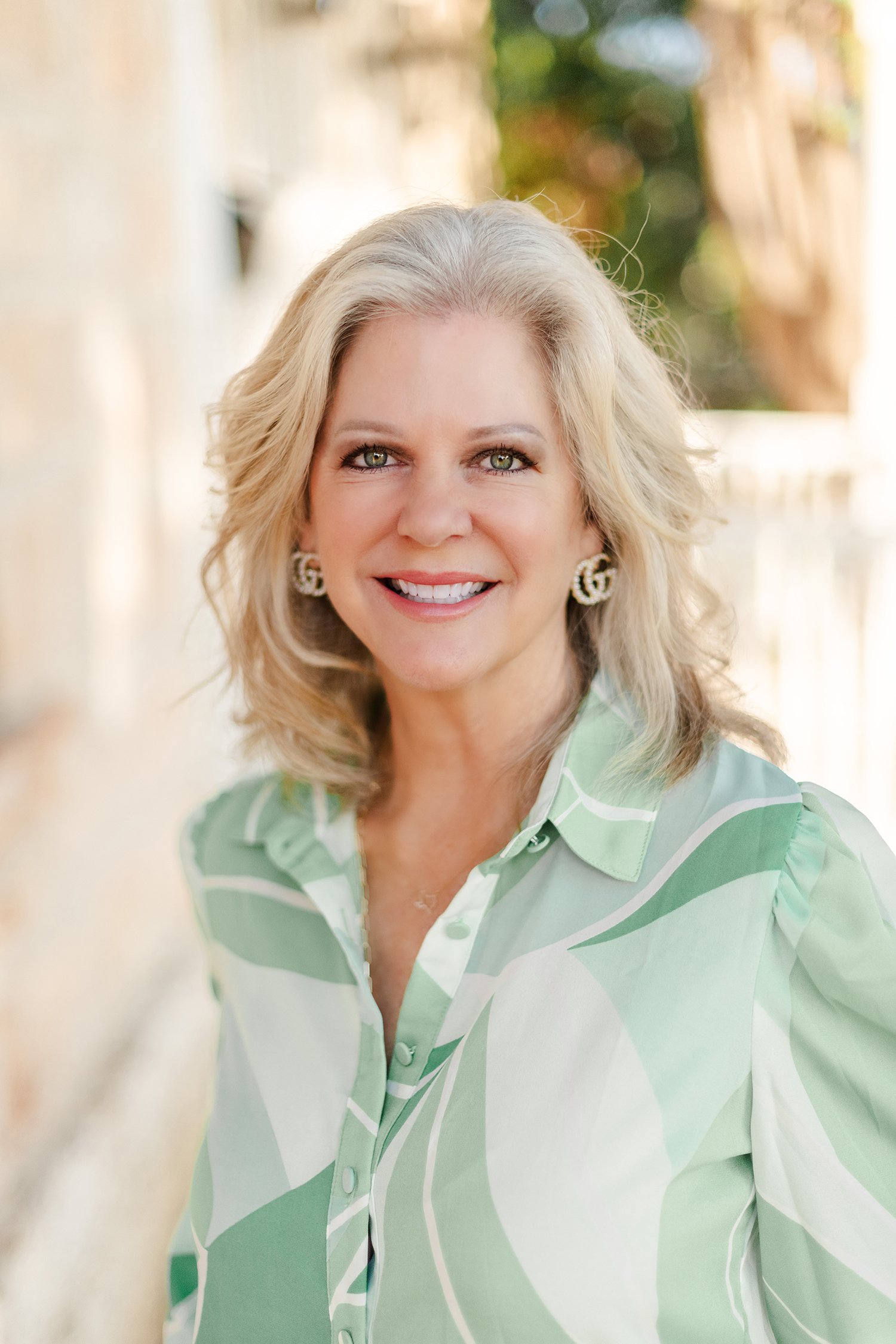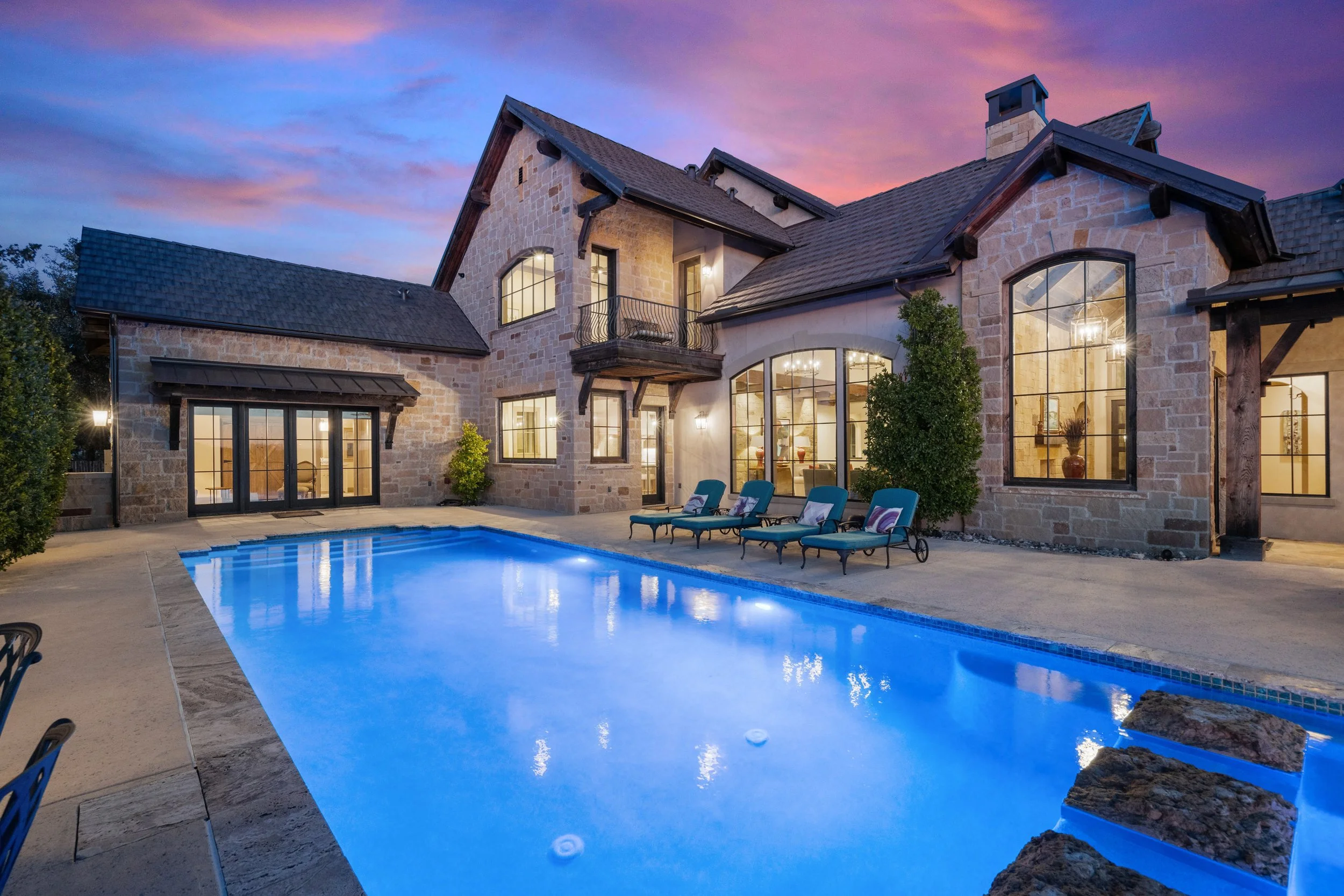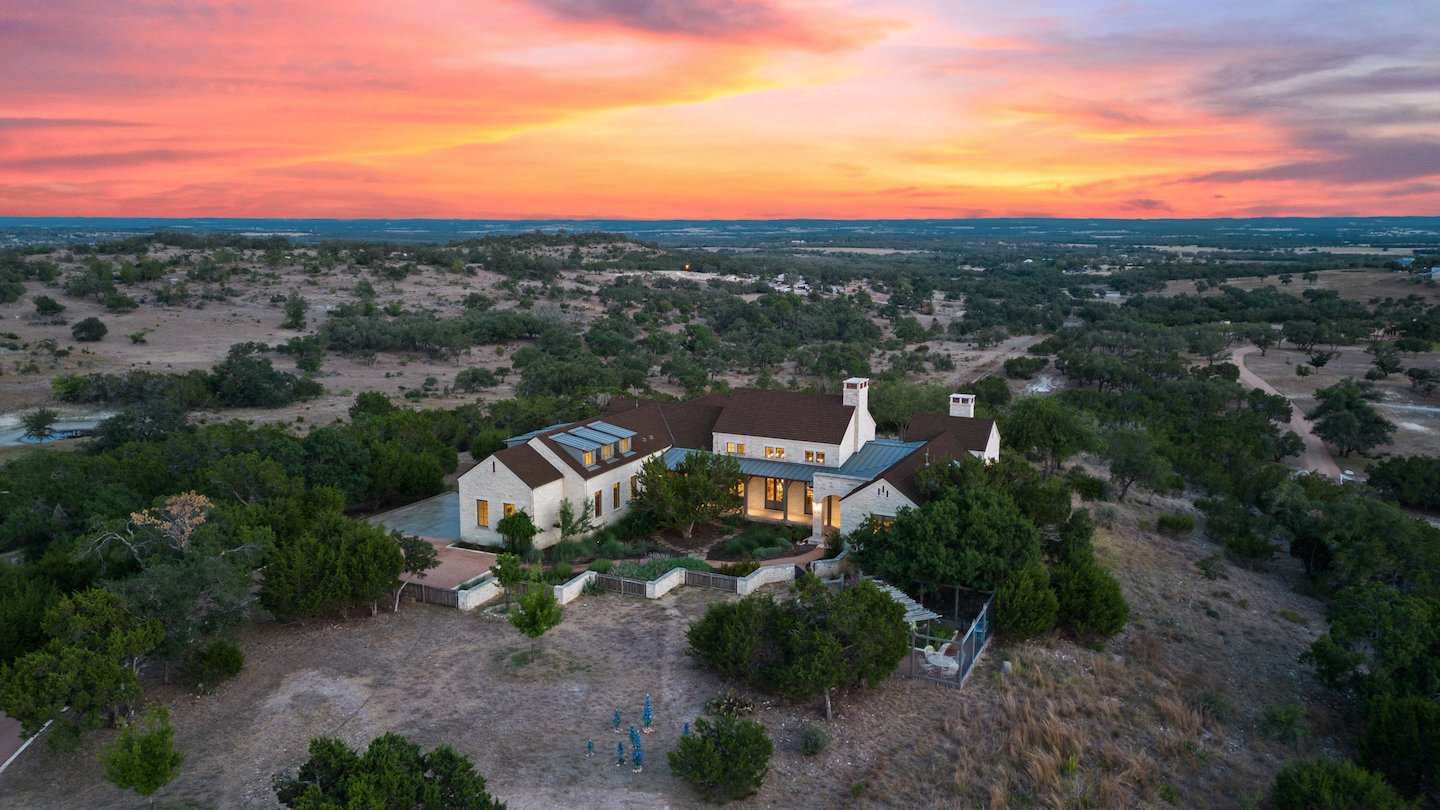
#1 REAL ESTATE AGENCY
IN FREDERICKSBURG, TX
SEARCH PROPERTIES
How can we assist you in your
real estate journey?
Dreaming of the perfect home in the beautiful Texas Hill Country? Let Absolute Charm Real Estate’s professional agents and REALTORS® turn your dream into a reality as you look into buying your own piece of Fredericksburg, TX real estate. Explore our properties for sale, including homes, bed and breakfasts, vacation rentals, ranches, and land lots.
#1 Real Estate Experts in Fredericksburg, Texas
Introducing our exclusive listings, carefully curated to cater to the discerning buyer. From historical short-term rentals to private ranch estates nestled in the Texas Hill Country, our collection offers unparalleled diversity. Discover the hidden gems that await you, with properties that are beyond comparison. Contact our team today!
our exclusive LISTINGS
70 Turning Stone Circle Boot Ranch Fredericksburg, TX
4 Bedroom | 5.2 Bathrooms | Pool
$4,995,000
7535 FM 2093 Fredericksburg, Texas
3 Bedroom | 2.5 Bathroom | 105 Acres
$5,950,000
2328 Boot Ranch Circle Fredericksburg, TX
4 Bedroom | 5.5 Bathroom | Boot Ranch
$4,499,000
